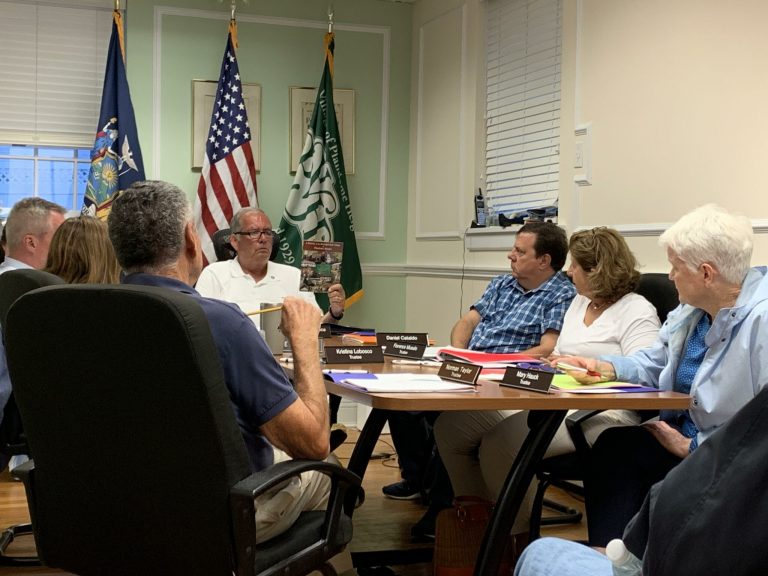
Nestled within the Village of Plandome Heights lies a few pieces of history that stand as a testament to the past – the Duke houses. These houses, remnants of a bygone era, hold stories of philanthropy, innovation and community.
The village recently has taken strides to preserve its rich heritage.
At a village meeting held Aug. 7, the Village of Plandome Heights said it was making progress in the mission to safeguard the houses through an opportunity for owners of the home to seek landmark status.
The village has identified two promising candidates for this distinction. Originally, the village boasted eight Duke houses. However, the passage of time has seen seven of these houses endure and one destroyed.
The board has contacted architect Norman Nemec, who is already working with one of the Duke house homeowners. The village also discussed possible property tax incentives to encourage preservation efforts. While no concrete program is in place yet, the village noted it wants to do more deliberation.
Mayor Kenneth Riscica highlighted the noteworthiness of this endeavor at the meeting.
“I think this has the potential to be great, which is why I don’t want to rush it,” said Riscica. “This is all lost if we don’t do this, it’s all lost, who’s ever going to know. And does it matter? I think yes, the answer is yes.”
One of the proposed approaches in the preservation endeavor involves collaborating with the non-profit organization Preservation Long Island. Previously known as the Society for the Preservation of Long Island Antiquities, the organization has a history of safeguarding cultural heritage across the region.
The Duke houses’ history is intertwined with that of Benjamin Duke, a man of philanthropic vision who gave tens of millions to institutions ranging from colleges to hospitals, churches, and charities.
A key target in the dissolution of his family’s American Tobacco Company, Benjamin Duke turned to real estate ventures including the Plandome Heights Company.
The story goes that he chose Plandome Heights to create his own social haven after growing disenchanted with the community of Tuxedo Park, N.Y.
His house on Plandome Court still stands today and is one of the first two houses that could possibly be landmarked.
Although, he never actually lived in the home. The houses feature a Spanish-style, which was popular in the early 1900s, and were built with white stucco exteriors and red-tiled roofs.
According the Village of Plandome Heights history page researched by historians Arlene Hinkemeyer from 1978-1996 and updated by Eleanor M. Imperato, “The Spanish-style home at 64 Plandome Court was owned by George Klackner. The other “tobacco houses” are shown to be owned by Clifford Barber, John J. Hoff, Mrs. Nugent, Helen Weinberg, A.C. Gwymere, F.C. Gilsey, and the Navahoe Realty Company.”
Marion Endrizzi, a former Plandome Heights mayor, planning board chair, and trustee with 16 years of service said she is the one who brought the idea of landmarking to the board.
“The Duke houses are very special,” she said.
Her advocacy led to a pivotal moment when a civic association conducted a historic tour of Plandome Heights. During the tour, the new owners of a Duke house on Plandome Court expressed their willingness to be part of the village’s preservation efforts.
Endrizzi said preserving these houses is essential to understanding the community’s essence.
“It’s very important that each village has something that goes back so they understand what this entire community is about,” she said.
Despite their historical value, the Duke houses currently lack protection under existing codes.
his means they could potentially be lost forever if a homeowner decided to rebuild or demolish one of them.
Codes are being reviewed by the board and the village board plans to hold a public hearing in October, inviting the community’s input and engagement in shaping the future of the structures.






